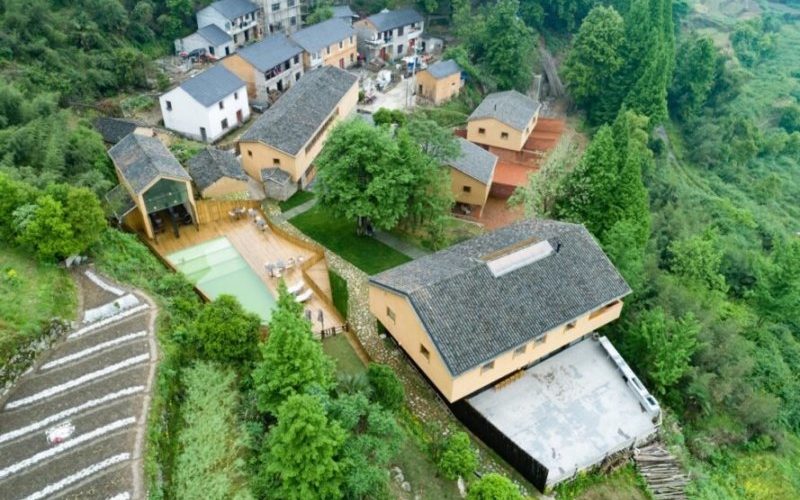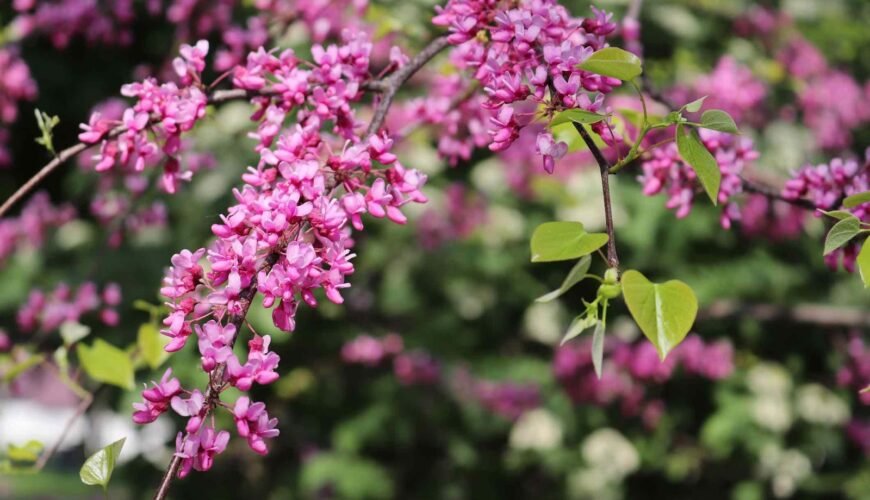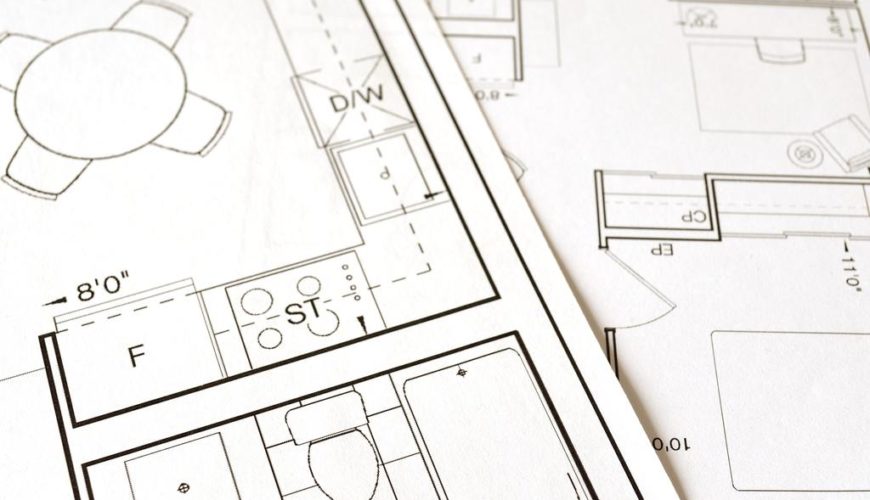Pretty much everyone likes to travel. Albeit for different reasons, everyone has one, two or more buildings that they have or would love to marvel at. The Eiffel Tower, the Taj Mahal, Empire State Building and other monumental architectural feats are cool, but what about traditional local architecture? Strange wooden homes, huts or stacks of clay blocks? They are very unique and definitely catch the attention of foreign tourists. In this article, we will introduce you to six countries that have the most unique local architecture.
Japan

The Orient might be different from Western Europe or the United States, but a lack of uniqueness is not one of its traits. Traditional Japanese houses are very distinguishable by the abundance of white colours and wooden accents. Stuff like burnt wood is also present. Here it’s called Shou Sugi Ban, and if you drive around the islands of Hokkaido, Honshu, Shikoku or any others, you’re bound to find units with a Shou Sugi Ban Deck. The main upside of having such wooden accents is their unique aesthetic and tremendous longevity.
Austria
To be completely frank, Austrian, Bavarian and Swiss homes vary only slightly. However, we feel that the birthplace of Mozart deserves the most recognition due to its singularity of heritage. Austria is located right amidst the amazingly beautiful Alpine Mountain stretch which covers pretty much the entire country. Transporting construction materials was never easy and thus a large part of rural architecture outside of the larger cities remains unchanged from the Renaissance period.
Traditional Austrian homes can be two or three stories high, have very extravagant wooden décor and there are always shutters with flowers hanging from below the windows. An Austrian village is amazing to visit year-round, but during spring and summertime, they are an especially delightful destination.
United Kingdom

We actually tricked you. There are only six countries listed, but this entry on our list engulfs not one but four, actually – England, Wales, Scotland and Northern Ireland. Each one has uniquely distinct architecture and if you were to divide England into regions, you could get lost in the diversity.
Traditional English cottages have that rough stone-y look with two or three chimneys sticking out from the roof. Windows are usually white which can contrast with the grey-ish, brown-ish look.
Scotland has much more northern-style architecture. Heavy-looking homes from stone or heavy stone bricks stand not very tall but look very heavy. Welsh homes and cottages come in between the latter two while Ireland and Northern Ireland have yet another set of distinct architectural features.
Burkina Faso
If you were to visit a very remote and very under-the-radar West African country of Burkina Faso, you ought to find Tiebele. Home to one of the oldest tribes in the entire continent, these windowless works of art are erected from digested cow products, which is mixed with soil, straw and wood.
Indonesia

Huts are well known all around the world. Even though they are unique, regular huts won’t surprise many people. That’s until you go and see Mbaru Niang, a crazy five-story cone-shaped hut which is a diverse and unique environment. Every story has a special purpose like food reserve storage, shelter, ritual offering storage, etc.
The Netherlands
The Netherlands might be small but the unique diversity this country has can surely turn many heads. Most traditional houses in the city are tall and narrow, maximising the vertical space. They are so because land area was always limited and the threat of floods forced the Dutch to reach higher. Rural and village homes usually have white linings and a weird façade shape that looks like a chimney.




